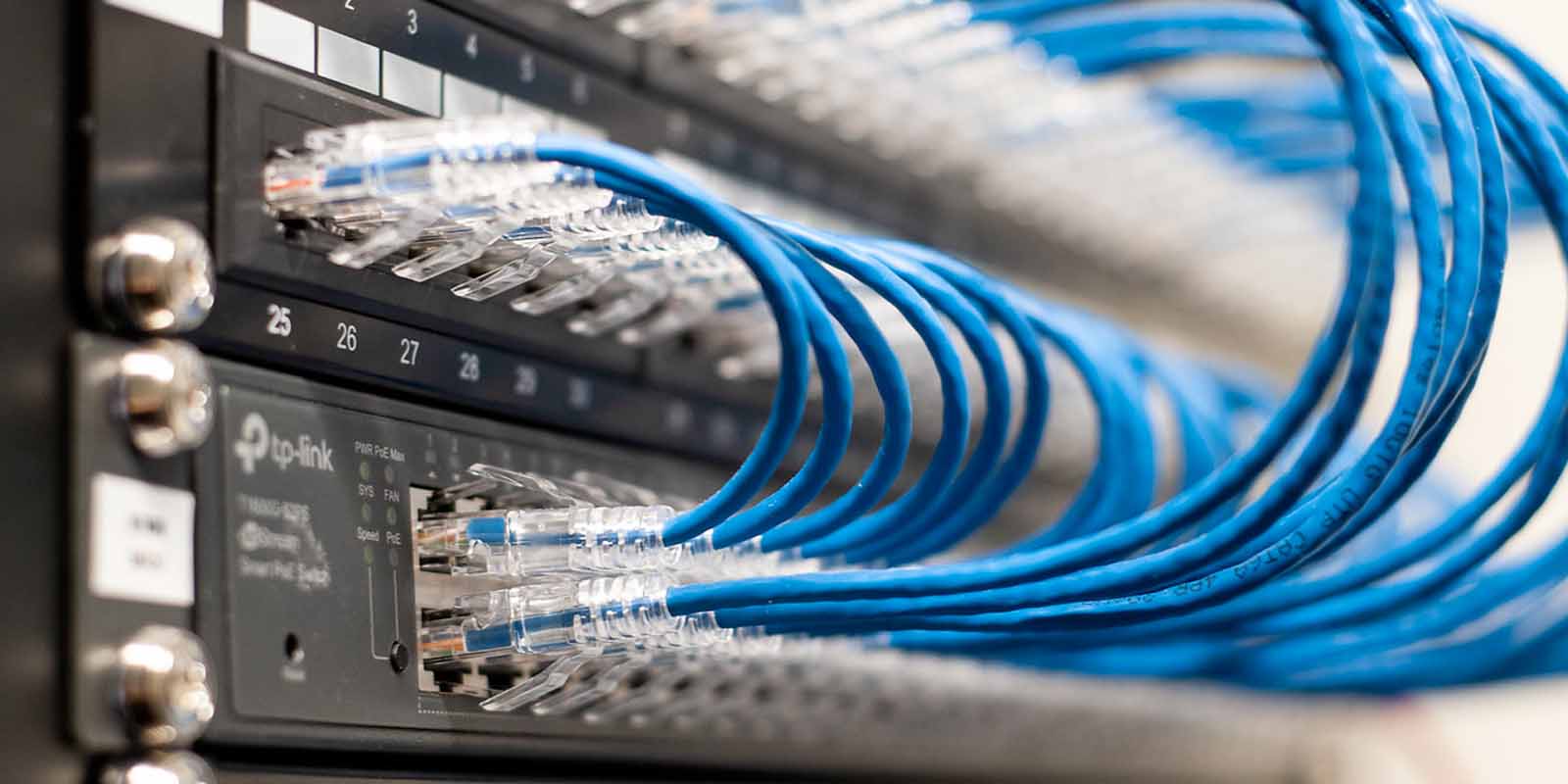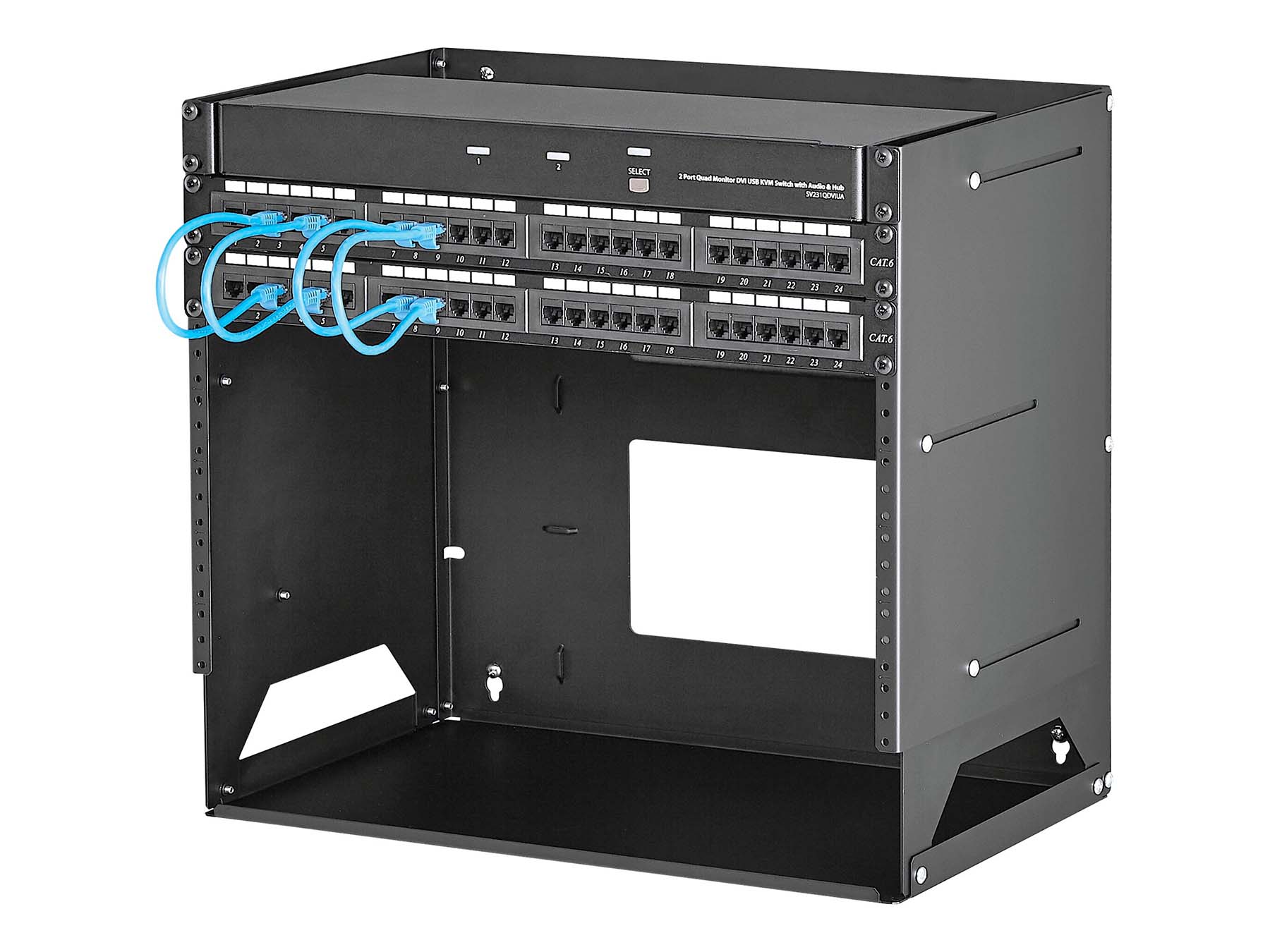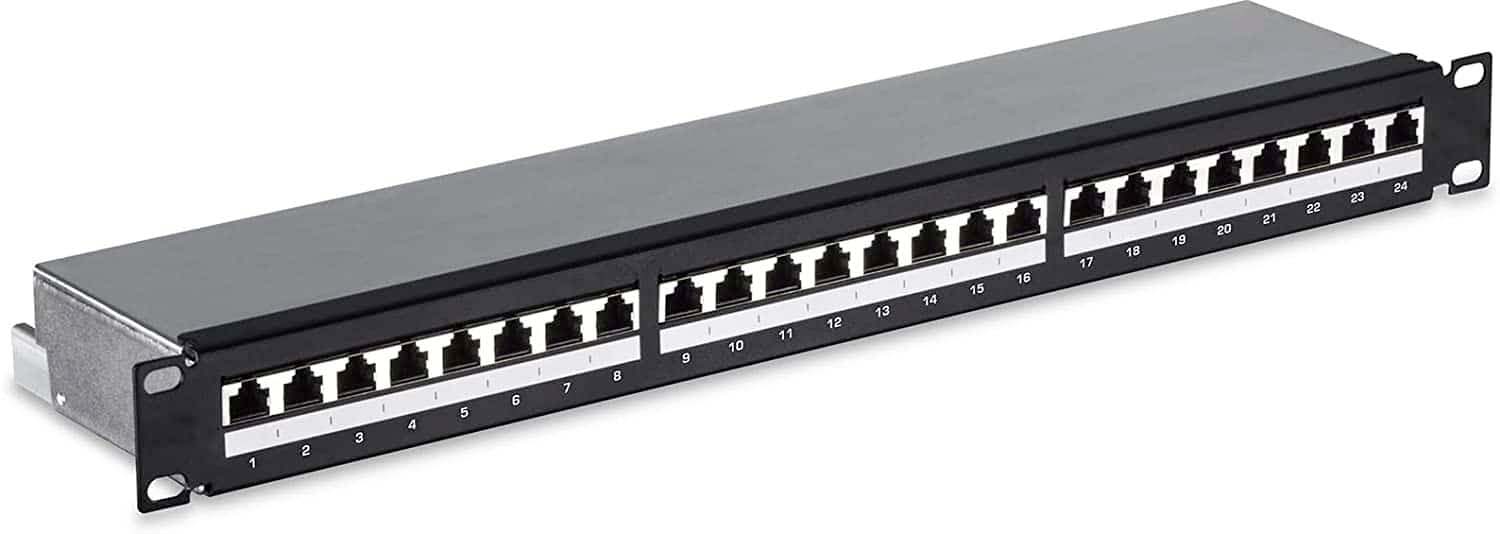
Structured Cabling for a Home Ethernet Network
As digital connectivity continues to evolve, implementing a structured cabling system with a central distribution point or patch panel is crucial for a future-proof home Ethernet network. This guide discusses the importance of structured cabling in house wiring and how to effectively set up a central distribution point for optimal network performance. Then, with our expert advice, you'll be well on your way to creating a highly organized, easily manageable, and scalable home network.
The Importance of Structured Cabling in House Wiring
A standardized architecture and components are used to connect and manage your home Ethernet network in a structured cabling system. This approach offers several benefits:
Simplified Management
Structured cabling streamlines the management of your network by bringing all of your Ethernet connections to a central point. This makes identifying and troubleshooting issues easier, saving time and reducing downtime.
Future-Proof Networking
Structured cabling can accommodate various types of data and support future network upgrades, ensuring your home network can support new technologies as they emerge.
Improved Aesthetics and Organization
A structured cabling approach helps keep your Ethernet cables tidy and organized, providing your home network with a clean and professional appearance.
Setting Up a Central Distribution Point for Your Home Ethernet Network
One of the critical components of a structured cabling system is a central distribution point, often achieved using a rack or patch panel. This component is the heart of your network, where all Ethernet cables converge.
Rack Installation

A rack provides a secure, organized space for your networking equipment, such as switches, routers, and patch panels. Select a rack size that accommodates your needs and potential future expansions.
Patch Panel Use

A patch panel is a device that organizes Ethernet cables and ports and allows for quick changes to network connections. You can easily manage and reconfigure your network by bringing all Ethernet cables to a patch panel at your central distribution point.
Structured Cabling: A Professional Approach to House Wiring
To ensure a professional and future-proof home Ethernet network, consider the following steps:
-
Plan Your Network: Determine your current needs and consider future demands. Decide on the locations for Ethernet outlets throughout your home, considering each room's function and potential technological requirements.
-
Choose Quality Materials: Use high-quality Ethernet cables, racks, and patch panels. Opt for components that support higher data speeds to accommodate future upgrades.
-
Hire a Professional: If you're not comfortable doing the installation yourself, hire a professional. Companies like YesTechie have expert technicians who can efficiently set up your structured cabling system and central distribution point, ensuring a professional and future-proof network.
By adopting a structured cabling approach and setting up a central distribution point, you're investing in a high-performance, scalable home Ethernet network that can adapt to technological advancements. As a result, you'll enjoy simplified network management, superior organization, and infrastructure ready for the future of digital connectivity.


